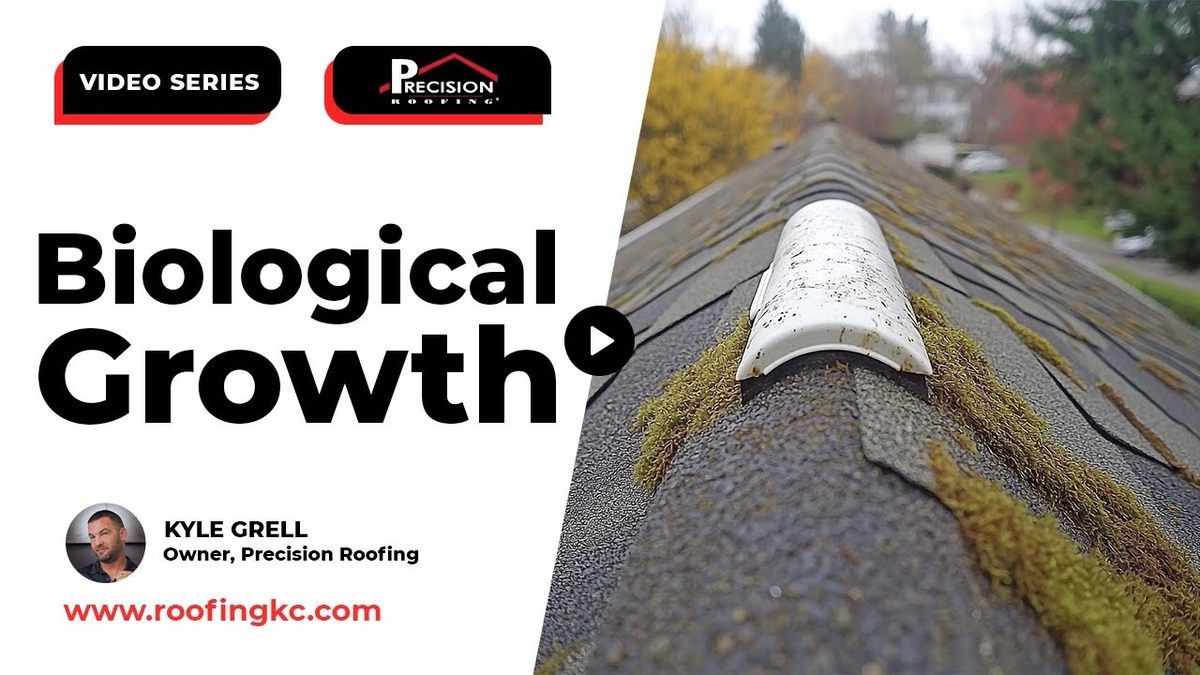Measuring a roof for shingles by hand can be more challenging than it looks, especially when you realize that even a small error could lead to wasted materials or unexpected costs. While advanced tools and software can simplify the process, there are many scenarios where manual measurement is still the best approach. In this guide, we’ll walk you through how to measure a roof for shingles by hand, ensuring you understand the necessary steps and potential challenges.
Why Manual Roof Measurement Still Matters
While software like GAF Quick Measure, Eagle View, or iRoofing can streamline the process, there are instances where manual measurement is not only necessary but also beneficial. If you’re dealing with a unique or complex roof design, the human eye and touch can sometimes catch details that software might overlook. However, it’s important to recognize the challenges and risks involved, particularly for those without extensive roofing experience.
Tools You’ll Need for Measuring a Roof by Hand
Before you start, gather the necessary tools. Here’s a quick list:
- Tape Measure: A sturdy tape measure is essential for getting accurate measurements.
- Notepad and Pencil: These are crucial for recording measurements and making calculations on the spot.
- Calculator: While the math involved isn’t advanced, having a calculator handy can speed up the process and reduce errors.
- Safety Gear: Don’t forget to prioritize safety. Use a harness, wear non-slip shoes, and make sure your ladder is secure.
Step-by-Step Guide to Measuring a Roof for Shingles
1. Create a Roof Sketch
Start by sketching out the roof on your notepad. Divide the roof into sections if it’s not a simple gable roof. Each section should be labeled (e.g., Section 1, Section 2, etc.), which will help you keep track of measurements.
2. Measure the Length and Width of Each Section
For each section, measure the length and width using your tape measure. These measurements will be the basis for calculating the area of each section.
3. Calculate the Area of Each Section
Use basic geometry to calculate the area of each section. For rectangular sections, multiply the length by the width. If your roof has hips or valleys, be sure to include these in your calculations, as they will affect the total area.
4. Account for Waste
One of the most common mistakes in manual roof measurement is failing to account for waste. When you’re cutting shingles to fit around valleys, hips, and other roof features, you’ll inevitably have leftover pieces that can’t be used. A general rule of thumb is to add an extra 10-15% to your total square footage to account for waste.
5. Measure Additional Components
Don’t forget to measure for the underlayment, starter shingles, drip edges, and other components that will be necessary for the job. Each of these items needs to be included in your material list, and they all require accurate measurements to avoid shortages during installation.
The Importance of Calculating Waste Correctly
When measuring a roof, it’s crucial to remember that waste is a significant factor. Roofs with valleys, hips, and other intricate features require precise calculations for waste. Materials must be laid at different angles, often leading to more waste than initially expected. If waste is underestimated, you could find yourself short on shingles, which could delay the project and incur additional costs.
Challenges of Manual Roof Measurement
Even with careful measurement, mistakes can happen. Here are some common issues to watch out for:
- Human Error: Manual measurement opens the door to human error. Always double-check your measurements and calculations to ensure accuracy.
- Forgetting to Measure Components: Items like the ice and water shield, drip edges, and starter shingles are easy to overlook but essential for a complete roofing job.
- Missing Components: When you manually measure and order materials yourself, there’s a risk of missing vital components. This can lead to additional trips to the store, delays, and unexpected costs.
Why Experience Matters
Experience plays a vital role in manual roof measurement. Professionals who have measured and installed roofs multiple times are more likely to remember all the necessary components and understand how to calculate for waste effectively. If you’re new to this, it’s easy to miss out on key details, leading to potential issues down the line.
When to Call in the Experts
While it’s possible to measure a roof for shingles by hand, it’s not always the best option for everyone. If you’re inexperienced or uncertain about your measurements, consulting professionals is a wise decision. This can save you time, prevent headaches, and help avoid costly mistakes.
In Summary
To measure a roof for shingles by hand requires careful planning, precise measurements, and a good grasp of basic geometry. By following the steps outlined in this guide, you can successfully measure your roof and prepare for shingle installation.
However, if you’re unsure about any part of the process, don’t hesitate to contact us for expert assistance.



